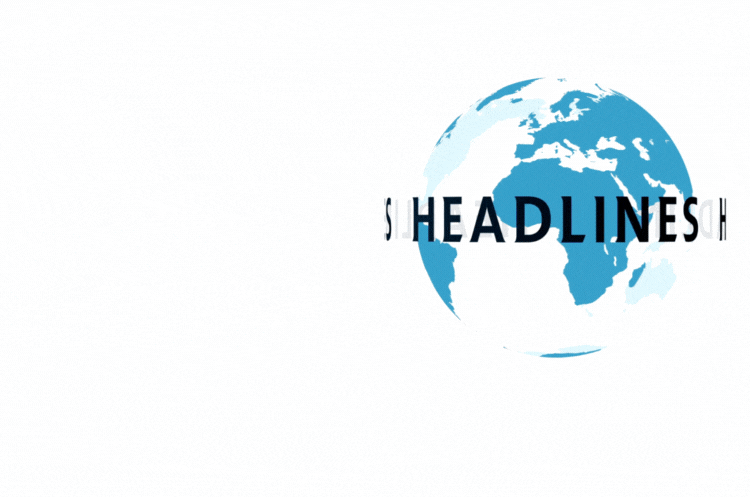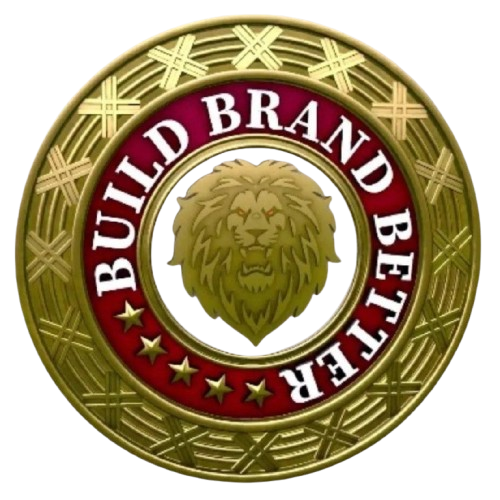
Mastering the Art of Crafting Impactful Headlines: A Comprehensive Guide
In the fast-paced world of web marketing, where attention spans are fleeting, the significance of a compelling headline cannot be overstated. Whether it graces your website’s hero section, accompanies a social media campaign, leads a PPC initiative, or introduces a blog post, the headline stands as the linchpin that can either lure readers into further exploration or repel them from engaging with your content.
The Power of Headlines
At the core of web success lies the ability of a headline to attract an audience. Without an appealing headline, convincing someone to click on an article becomes an uphill battle. Even on social media, where visuals initially grab attention, it’s the headline that prompts users to click and delve deeper. The primary benefit of a winning headline lies in the traffic it generates.
Organic traffic, often reliant on search engine results, places the headline in a pivotal role. Search engines display the headline alongside a brief description, making it the first point of contact with the user. A well-crafted headline doesn’t just capture attention; it translates to higher traffic, improved results, increased conversions, and ultimately, enhanced revenues.
However, a headline’s role extends beyond being a mere attention-grabber. Statistics reveal that around 8 out of 10 people only read headlines, with a mere 20% diving into the full article. Therefore, a headline must provide enough information and allure to boost this percentage or, at the very least, motivate readers to share your content.
In a landscape where around 7 million blog posts are published daily, and 97% of social media posts are shared, standing out is undeniably challenging. To rise above the competition, aiming for the top 10% is crucial, and achieving this requires crafting an outstanding headline.
Foundations of a Headline

Every effective headline must encompass certain fundamental features, acting as its core elements. Without these, no amount of embellishments or strategies will yield the desired impact. These elements serve as the lifeblood of your headline, and neglecting them ensures failure.
- Consider the Length:
Simplicity should be your goal when crafting a headline. Studies suggest that a seven-word headline receives the most clicks, outperforming both longer and shorter alternatives. Avoid extremes—headlines with fewer than 4 words lack sufficient information, while those exceeding 14 words lose focus.
Additionally, adhere to platform guidelines, especially when targeting Google. While the headline limit was removed, maintaining brevity (around 50-55 characters) ensures optimal visibility on search engine results pages.
- Make it On Point:
Headlines should be concise and directly address the user’s needs. While summarizing the content is essential, it’s equally crucial to emphasize how reading the content will benefit the user. Crafting a headline that identifies and resolves a problem is key.
- Make it Targeted:
Knowing your audience is indispensable. Tailor your headline not only to address a specific segment’s interests but also to align with your content’s purpose and the audience’s position in the marketing funnel. Understanding your audience’s knowledge level is paramount—avoid using jargon that may alienate or confuse you.
- Use Active Voice:
The active voice exudes confidence and clarity. Opt for active constructions that assertively convey the benefits of your content. Avoid passive voice, which can introduce doubt and ambiguity.
- Proofread Carefully:
A headline riddled with grammar and spelling errors can tarnish your content’s credibility. Given that headlines often form the first impression, meticulous proofreading is non-negotiable.
What to Avoid When Crafting a Headline
Understanding the essential features of a headline is tempting, but it’s equally crucial to steer clear of pitfalls that can undermine your efforts. Here are some definite “don’ts” when creating a headline.
- Don’t Use Clickbait:
Clickbait, with its misleading tactics, can irreparably damage your company’s reputation. Steering clear of sensationalism and focusing on genuine value is essential for building trust.
- Don’t Make it Boring:
Generic or boring headlines diminish emotional engagement. Injecting emotion, creativity, and a dynamic quality into your headline sets it apart and captures attention.
- Don’t Assume Knowledge:
Tailor your headline to cater to both experts and beginners by avoiding assumptions about the audience’s knowledge level. Steer clear of jargon or internal lingo that might alienate potential readers.
- Don’t Over-Explain:
The headline’s role is to entice, not to provide exhaustive explanations. Keep it concise and focused, saving in-depth details for the content itself.
- Don’t Self-Promote:
A headline is not the place for overt self-promotion. Save details about your brand for the content and About Us page. Focus on addressing the user’s needs rather than showcasing your company.
Pro Tips for Crafting a Winning Headline
Now that we’ve covered the basics and pitfalls, let’s explore some pro tips to infuse personality and effectiveness into your headline, ensuring it stands out in the sea of content.
- Implement Keywords:
Incorporating relevant keywords enhances your headline’s visibility on search engines, driving organic traffic. Align your headline with how users search for similar products or services to optimize search engine ranking.
- Utilize Rare Adjectives:
Stand out by infusing your headline with uncommon adjectives that instantly capture attention. Words like “effortless,” “astonishing,” or “exquisite” add exclusivity and set your headline apart from the commonplace.
- Make it for People:
Appeal to emotions by addressing readers directly or employing powerful words. Using questions, especially those incorporating the 5Ws (Who, What, When, Where, Why, How), engages readers and adds a human touch to your headline.
- Never Start with a Negative:
Avoid negative terms at the beginning of your headline, as they can impact readers’ demeanor. Maintain a positive tone to foster a more receptive audience.
- Underline its Goal:
Communicate your content’s goal in the headline—whether it’s to entertain, inform, or solve a problem. Transparency ensures readers know what to expect, preventing disappointment.
- Use Numbers:
Numbers continue to be effective in headlines, providing specificity and scannability. Odd numbers, in particular, tend to attract more engagement, offering a tangible benefit to readers.
Remember, headlines are your first point of contact with your audience, and crafting them with precision is an art. By adhering to these principles and incorporating pro tips, you can elevate your headlines to powerful marketing tools that truly resonate with your audience.
About Build Brand Better:
In the ever-evolving digital landscape, managing your online reputation is crucial. Enter Build Brand Better, an online reputation management company committed to enhancing your brand’s digital presence. At Build Brand Better, we leverage strategic approaches, cutting-edge tools, and a team of seasoned professionals to safeguard and boost your online reputation. Our tailored solutions ensure that your brand not only stands out but thrives in the digital sphere. Choose Build Brand Better—where excellence meets reputation management.
FAQ
Q1: Why are headlines so crucial in web marketing?
Answer: Headlines are pivotal in web marketing as they serve as the first point of contact with your audience. They determine whether users will click on your content, making them a make-or-break element for your business. A compelling headline can attract attention, drive traffic, and contribute to better results and conversions.
Q2: What elements should a headline cover to be effective?
Answer: A successful headline should be concise, on-point, targeted, and utilize active voice. It must also adhere to length guidelines suitable for the platform and be free from grammar and spelling errors. These elements collectively ensure that the headline captures attention, communicates the content’s value, and maintains credibility.
Q3: How important is it to know the target audience when crafting a headline?
Answer: Knowing your audience is crucial. Tailoring your headline to the interests, knowledge level, and position in the marketing funnel of your target audience enhances its effectiveness. Avoiding jargon and ensuring relevance to the audience’s needs contributes to a more impactful headline.
Q4: What role does the length of a headline play in its effectiveness?
Answer: Length matters when it comes to headlines. Studies suggest that a seven-word headline is optimal, receiving the most clicks. Striving for simplicity and adhering to platform guidelines, such as Google’s character limit, ensures that your headline is both scannable and engaging.
Q5: Is it recommended to use clickbait in headlines to boost clicks?
Answer: No, using clickbait is strongly discouraged. Clickbait can harm your company’s reputation and attract low-quality leads. It’s essential to focus on genuine value in your headlines to build trust and credibility with your audience.
Q6: Can I use negative terms in headlines?
Answer: It’s advisable to avoid starting headlines with negative terms, as they can impact readers’ attitudes. Maintaining a positive tone in your headlines contributes to a more receptive audience and aligns to provide solutions and value.
For more Blogs:- www.buildbrandbetter.io/blog/
